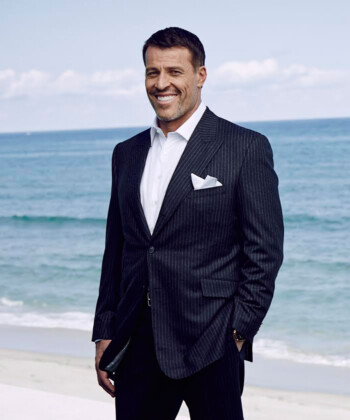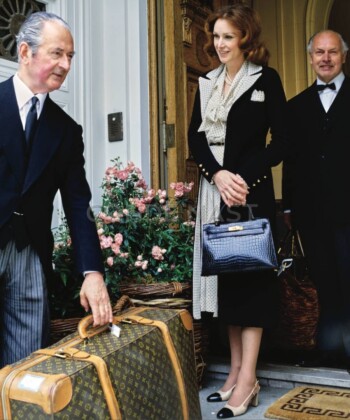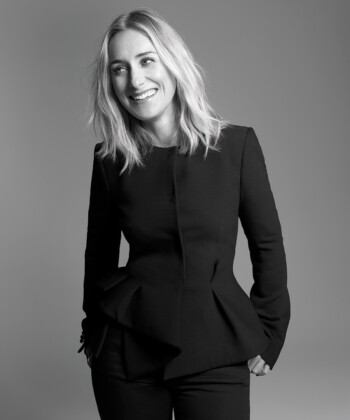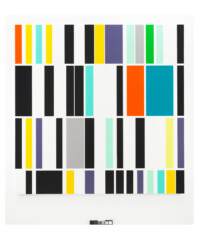
In the heyday of Rush & Molloy—the Daily News’ gossip column capstone—George Rush and Joanna Molloy fed millions with their unmatched celebrity scoops. A new memoir by the husband-and-wife team, Scandal: A Manual (out this month), chronicles their titillating tales of public figure gossip pre-Internet age. Below, George Rush reflects on the current state of the professional gossip columnist.
Dearly beloved, we are gathered here to remember the gossip columnist.
Starting in the 1920s, Americans came to rely on a group of high priests and priestesses that augured who would become famous and who would be banished to obscurity. Louella Parsons, Hedda Hopper, Elsa Maxwell, Dorothy Kilgallen, Earl Wilson, Ed Sullivan, Sheila Graham and Rona Barrett were among this holy order. The most feared of these Pharisees was Walter Winchell, who commanded a following of 50 million readers.
Growing up in Chicago, I read Irv Kupcinet’s column. I didn’t set out to be a gossip columnist. But, while trying the make ends meet, I wound up working part-time at the New York Post‘s Page Six. I met a lot of private eyes and divorce lawyers. I also met my future wife, Joanna Molloy. We later moved to the Daily News, where we started the internationally syndicated Rush & Molloy column.
During the 15 years in which we produced almost 4,000 columns, our principal competition came from our old cronies at the Post. But, as we recount in our new book, Scandal: A Manual, the Internet changed everything. A spokeswoman for Cynthia Nixon once confirmed to us that the Sex and the City star was in a relationship with education activist Christine Marinoni. Gawker heard about our story and broke it before we could go to press. TMZ locked down Los Angeles’ byzantine court system. The Dirty recruited spies in cities across the country—one of whom brought down Anthony Weiner (again).
Canny stars had less and less need for gossip columns. Beyoncé, Rihanna and Kim Kardashian crafted their brand story lines, doling out calculated glimpses of their private lives on social media. Celebs tweeted snaps of themselves half-naked, eliminating the need for stars to do deals with favored paparazzi. Social media allowed the celebs to spin their own version of the truth. They didn’t have to convince a columnist to run a correction.
The celebs gained more control over their images. But all their image consultants couldn’t protect them from a nation armed with smart phones. The night now had a thousand eyes. Twitter and Facebook and Instagram spawned a global crowd-sourced “column” more powerful than Winchell at his zenith. Which isn’t to say the new Winchells are any more accurate or fair than the old one: The handicap of the DIY gossip is that he or she usually doesn’t have the means to confirm a rumor. Brangelina’s camp can’t respond to every blogger. And rumor can be a dangerous thing: Teenage gossip ones can be especially scary, like child soldiers who’ve been given AK47s. Their merciless sniping has driven their classmates to take their own lives.
A few newspaper columnists survive. Richard Johnson, Cindy Adams, Liz Smith, Michael Musto, Emily Smith and the Daily News‘ “Confidenti@l” writers continue, like experienced mushroom-hunters, to comb the loam and find some exquisite morels. Perez Hilton and Just Jared lead the web aggregators. But the era of the professional gossip is almost gone. Our advice to would-be gossips is to gossip about something that matters to you. Go after the liars, braggarts, quacks, and hypocrites. Try to give your victims a chance to respond. Retweet not just those who agree with you but those who think you’re full of crap. We hereby hand our laurel branches to you. You are now free to carve your own false idols—and to smash them when you please.
MORE:
The Secret History of the National Enquirer
The Peculiar Life of Huguette Clark
Coming-of-Age Tales from Pop Culture’s Youngest Stars









































